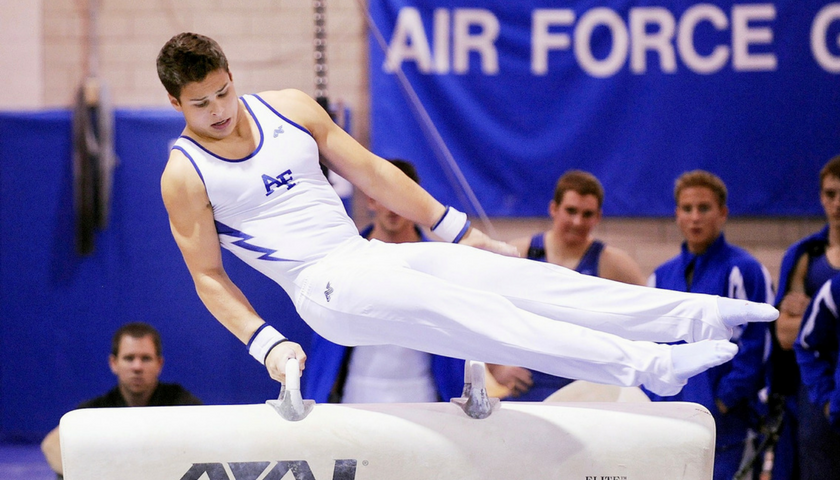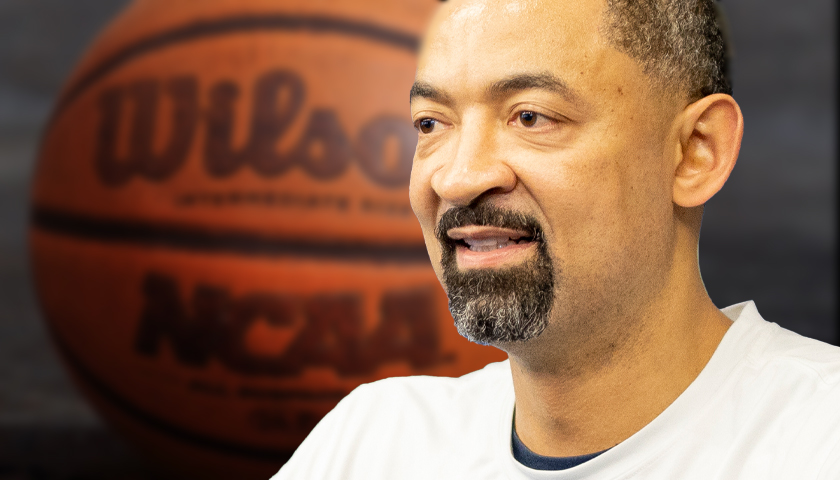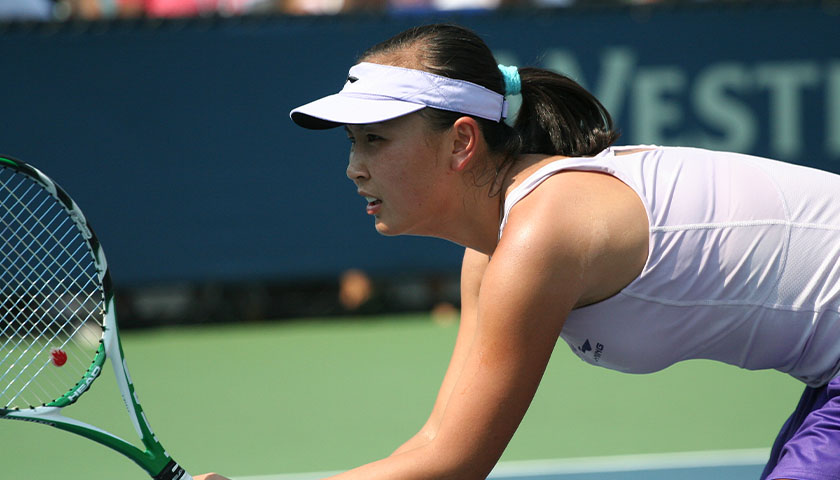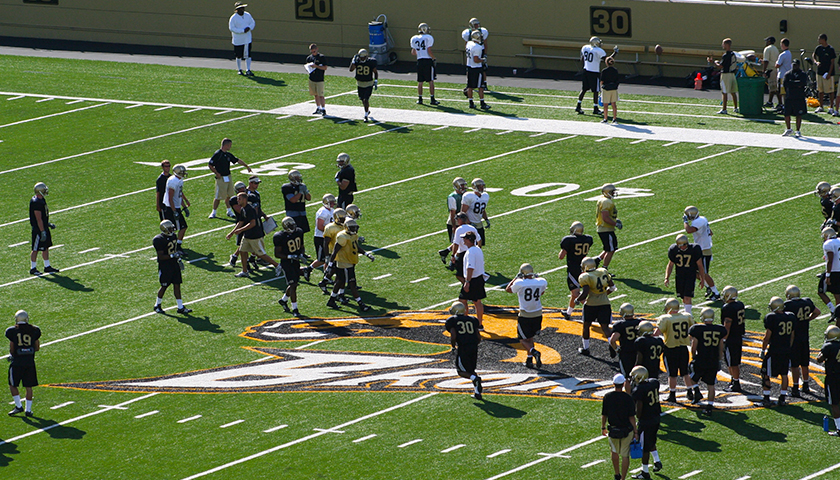I’ve never seen so many injured people.
It seems almost everyone I run into these days is consistently and continuously injured, especially those who are a bit older, and I don’t mean very old – thirty and above.
I’m not even including the multitude of those too sick to train, who are obese, have sky-high blood pressure, diabetes, compromised hearts, etc. That’s the subject of another article.
I’m just speaking today of those who are chronically injured. Who want to be an athlete but instead are essentially an invalid.
We abuse our spirits, minds and bodies in so many ways. The body will take a lickin’ and keep on tickin’ – but only for so long.
The injury cycle is one that is familiar to so many – attempt to work out, get injured, sit out for a week, a month, or longer, make a “comeback,” and get hurt again, starting the cycle all over again.
Can you relate?
So what’s going on here?
To generalize, the cycle often looks like this:
1. Disuse of the body, causing…
2. …Weak, unbalanced muscles and connective tissue. Coupled with…
3. …Poor diet. Often combined with…
4. …Spiritual and emotional issues.
And now this same person wants to go out and set the world on fire. Ever hear of a Weekend Warrior?
Couple this with an unrealistic expectation of what the body can do after weeks, months, or very often years of disuse, and you have a recipe for disaster, which has a way of predictably occurring.
This whole cycle can be extremely frustrating and discouraging, particularly those who so enjoy the process of movement and play, which deep down is essentially all of us.
So how does one overcome this vicious cycle?
As someone who has a virtual “Ph.D.” in the Athlete-to-Invalid-to-Athlete curriculum, I think I’m qualified to say a few words:
 1. Desire: I believe everything starts with this. You have to be in touch with the desire within in order to dust yourself off and participate in the game of life.
1. Desire: I believe everything starts with this. You have to be in touch with the desire within in order to dust yourself off and participate in the game of life.
2. Patience: Be willing to accept slow and steady improvements. Think “tortoise” over “hare.”
3. Form: As someone who spent years placing little importance on form, I can tell you it makes a huge difference. Just watching and committing to a neutral spine in weight-bearing movements alone works wonders.
4. Rest: One of the surest routes to injury is overtraining. When one performs progressive weight training, muscle fibers are broken down, and repair when at rest. That’s how they adapt to the new stimulus and grow. It’s that simple.
5. Workarounds: Sometimes it is possible to “work around” minor irritations. For instance, while recovering from an injury, working a muscle in a particular direction may cause discomfort, while working it in a different direction may not. Of course, when in doubt, do not irritate an injury. Instead, have it looked at by a health professional as needed, and follow their directions.
6. Leave something in the tank: When trying to get back into the game, it is unwise to push too hard. Don’t try to grind out that last rep, it’s not worth the possibility of re-injury. Better to stay in the game and make slow and steady progress, then to eject yourself from the game for days, weeks, or months.
7. Work on connective tissue strength: Never forget the connective tissue that moves the body, such as the joints, tendons, and cartilage. This tissue is generally worked most safely in slow and steady manner, using only enough weight to provide sufficient stimulus without overstressing.
8. Warm Up: Never perform a workout “cold”—failing to warm up the body’s many systems. This is a recipe for injury. Warm Ups typically include general work such as some light cardio, range-of-motion work, and joint rotation. They can also include accessory work such as foam rolling, band work, etc.
9. Cool Down: Likewise, be sure to “cool down” too at the end of a workout. The phrase “cool down” is something of a misnomer. The purpose is really to gently stretch and re-align the body when it is warm and pliable. This is another injury preventative and can include wall, mat, or bar work.
10. Balanced nutrition: In addition to a healthy diet and any necessary supplements, this also includes plenty of pure water to flush out the junk and properly feed the cells.
Refusing to accept invalid status, and instead becoming the athlete takes steady work, but the rewards are plentiful: improved health, a fit and functional body, and the chance to re-experience the joy of movement are at the top of the list.
I wish you well in your journey.
– – –
Patrick Rooney is the Founder and President of GREEK PHYSIQUE™, LLC, which specializes in functional body sculpting for men and women in Middle Tennessee and worldwide via phone and Skype. Patrick is Certified through the National Association of Fitness Certification (NAFC). Email questions or training inquiries to [email protected].








[…] My latest column at The Tennessee Star deals with the epidemic of injuries these days, particularly as suffered by those over thirty. Is there a way to break this cycle once and for all? Read and find out. And let me know what you think. […]
Great article very informative; especially the importance of flushing your impurities out of the body with water. As well as the key points of desire, patience and form.
Thank you, Rachel, I’m glad you benefitted from my column!